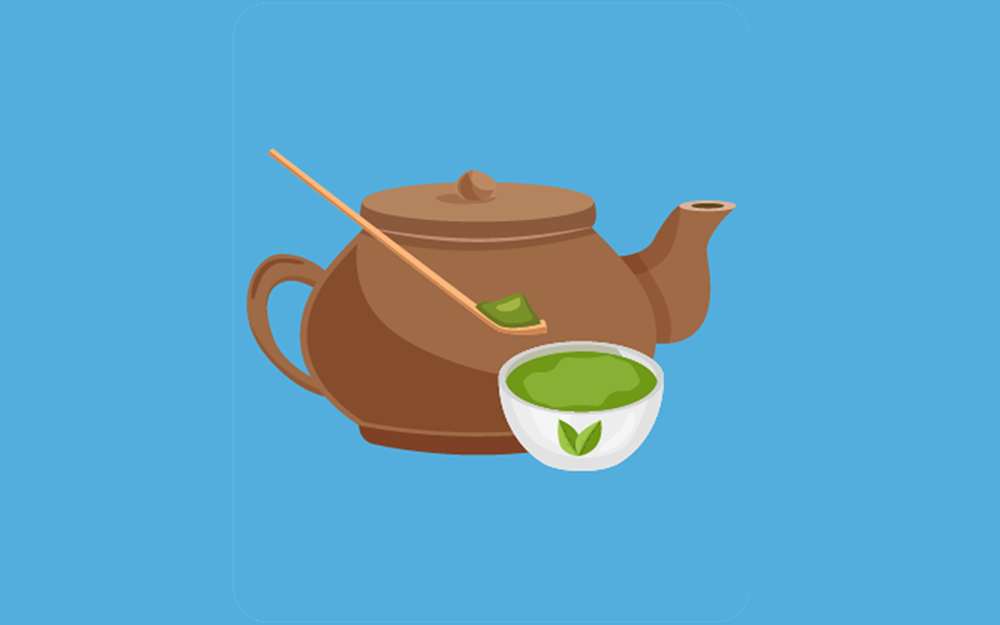With Halloween fast approaching, pumpkins seem to be everywhere. Pumpkins are more than a decorative ornament as they are a good source of low calorie nutrition and chocked full of the vitamins A, C, E, K, beta-carotene and potassium. Vitamin K helps our blood to clot and to keep our bones strong. Beta-carotene helps in the prevention of some cancers while another carotenoid called beta-cryptoxanthin is believed to help smokers avoid lung cancer. Potassium helps fight high blood pressure. In addition to a pumpkin’s nutritional value, a pumpkin has no fat or cholesterol and the seeds provide some relief to arthritis sufferers.
The Greeks originally named what we called the pumpkin today, a pepon which translates to large melon. Over the years, the name morphed to what we know today.
In America, some of the first sustainable gardening occurred with the “Three Sisters” of squash, corn and beans. As described at www.allaboutpumpkins.com, the corn served as the trellis to the beans while the squash or pumpkin served to stabilize corn roots while providing shade to the ground as a way to retain soil moisture. The pumpkin helped at preventing weeds while the bean roots provided nitrogen to the soil.
There are two basic types of pumpkins, sweet and dry. Sweet pumpkins are best in pies and breads while dry are better in soups. When buying a pumpkin to eat, typically look toward smaller pumpkins as the pulp is less stringy. Scoop out the insides and separate the seeds from the pulp. You can then spread the seeds out to dry overnight before lightly roasting them on a cookie sheet in the oven for about fifteen minutes. Small pumpkins also serve as great edible soup bowls. As for the vegetable’s flesh, cook and puree for inclusion in a wide range of foods. www.ShareKitchen.org











































Comments are closed.